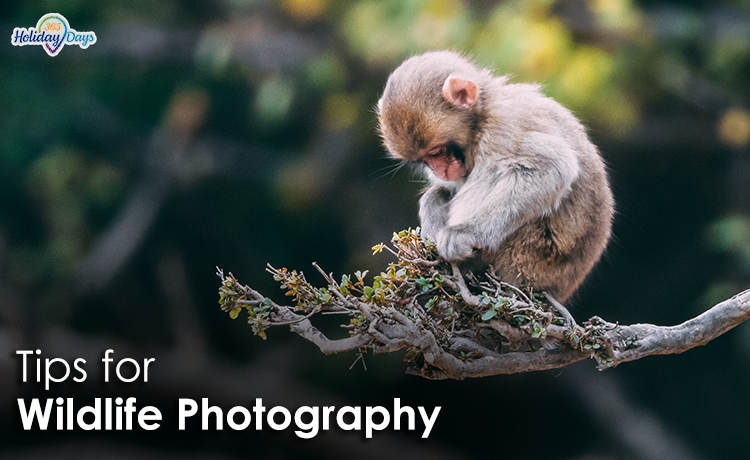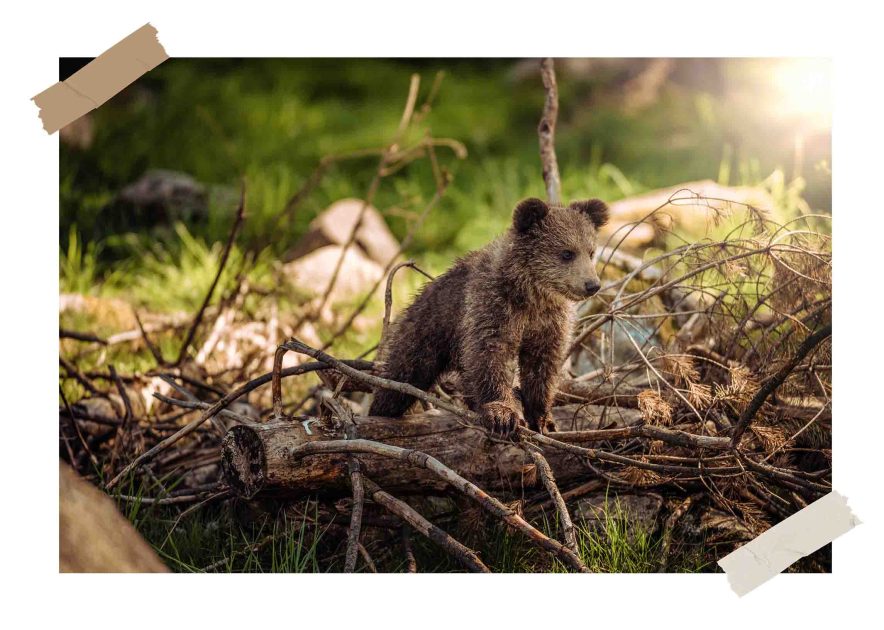
In the heart of nature, where the wild roams free and the untamed beauty of the animal kingdom captivates the soul, lies a world ripe for exploration and visual storytelling. Photographing wildlife is more than just a hobby; it’s a profound connection to the natural world, a chance to immortalize moments of pure, unbridled wonder. In this article, we unlock the secrets to capturing the essence of wildlife through your lens, providing you with tips and techniques to get up close and personal with the world’s most captivating creatures.
You Might Want to Check Out:
Finding the Best Light – Golden Hour Photography around the World
1. Respect the Wild
Before you embark on your wildlife photography adventure, remember: you are a guest in their world. Respect their space, movements, and routines. Approach slowly, quietly, and from a distance to avoid causing distress.
2. Invest in Quality Gear
A good telephoto lens is your best friend in the world of wildlife photography. Investing in high-quality equipment will allow you to capture intricate details and emotions from a distance, maintaining the safety of both you and the animals.
3. Patience is Your Virtue
Wildlife doesn’t follow a script, so be prepared to wait. The magic often happens in those moments when you least expect it. Stay still, silent, and watch the world come alive before your eyes.
4. Study Your Subjects
Knowledge is power. Learn about the behaviors, habitats, and patterns of the wildlife you intend to photograph. Understanding their habits will help you anticipate their movements and get that perfect shot.

5. Golden Hours are Golden
Sunrise and sunset provide soft, warm light that enhances the beauty of your subjects. These “golden hours” create dramatic contrasts, and the angle of the sun casts a magical glow on your wildlife models.
6. Composition is Key
Apply the principles of photography composition to your wildlife shots. Experiment with angles, rule of thirds, and leading lines to create dynamic and visually compelling images.
7. Focus on the Eyes
The eyes are the windows to the soul, even in the animal kingdom. Ensure your subject’s eyes are sharp and in focus. This draws viewers into the photo and establishes a connection.
8. Shoot in Continuous Mode
Wildlife is constantly in motion. Shooting in continuous mode allows you to capture a series of images, increasing your chances of getting that perfect, action-packed shot.
9. Practice Ethical Baiting
Avoid baiting wildlife for the sake of a photograph. Instead, use ethical baiting techniques that don’t harm the animals or disrupt their natural behavior. This ensures the welfare of the creatures you’re photographing.
10. Tell a Story
Every wildlife encounter has a narrative. Capture more than just the animal’s physical presence; tell the story of their environment, interactions, and emotions. Your photographs should transport viewers to that moment in the wild.
Conclusion
Photographing wildlife is a profound experience that allows us to connect with the natural world on a deeper level. By respecting the wild, investing in quality gear, and mastering the art of patience and composition, you can capture extraordinary moments that convey the raw beauty and wonder of our planet’s incredible creatures. So, grab your camera, venture into the wild, and let your lens be your bridge to the astonishing world of wildlife photography.
